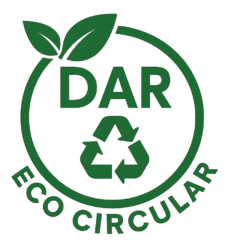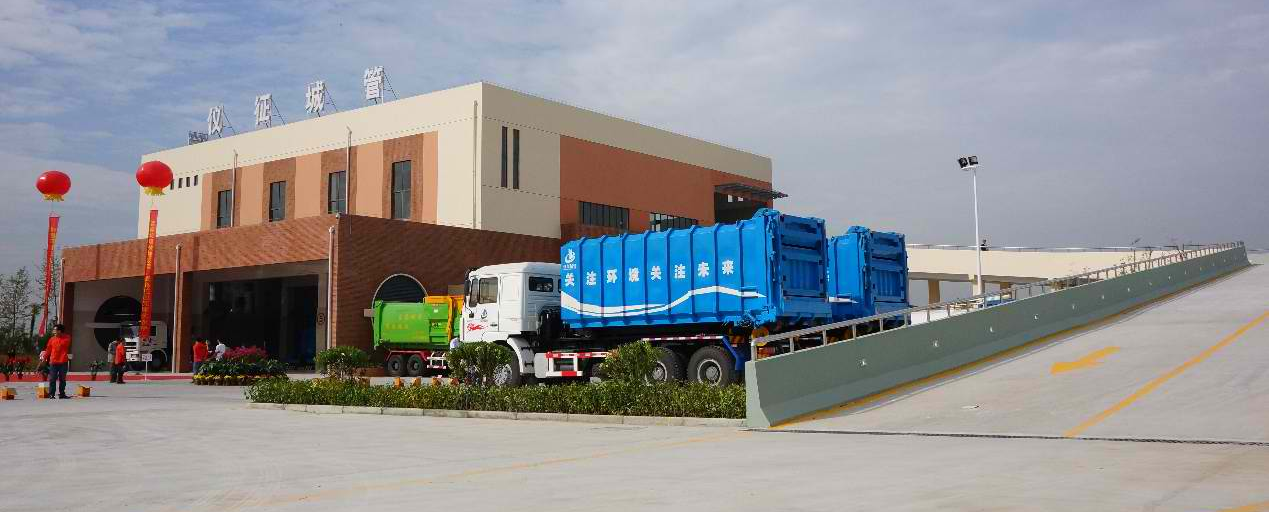Waste Collection & Transfer System
As Dar es Salaam transitions into a smart, climate-resilient metropolis, the
Waste Collection and Transfer System (WCTS) becomes a backbone of transformation.
It is more than infrastructure—it is a climate-smart enabler of public health, circular economy growth,
and green industrialization. Built to manage over 2,500 tonnes of municipal solid waste daily,
this system integrates automation, efficiency, and resilience—turning waste logistics into an engine of sustainability.
🌍 Introduction
The WCTS replaces scattered, inefficient collection with a
closed-loop, digitally enabled logistics model.
From GPS-guided routing to AI-powered vertical compression,
the system ensures safe, cost-effective, and low-emission movement of waste.
Every component is optimized for sustainability, safety, and scalability—ready to meet the demands
of a city of 10 million by 2030.
♻️ End-to-End Transfer Process
- Collection: GPS-tracked vehicles pick up waste daily from households, markets, and institutions.
- Reception: Waste delivered to regional Transfer Stations (WTS) for weighing, logging, and profiling.
- Vertical Compression: Advanced Endurance ShinMaywa screw-compactors cut waste volume by 60%+.
- Containerization & Dispatch: Waste sealed into modular containers and dispatched to Pemba Mnazi Eco-Industrial Park.
Each of Dar’s five functional zones contributes 300–500 tonnes/day, achieving a
2,500 tonnes/day throughput by Year 3—with scalability built in for future growth.
⚙️ Vertical Compression Technology
At the core of the system is Endurance ShinMaywa’s Vertical Compression Transfer System (VCTS)—
East Africa’s most advanced compaction technology. Compact, modular, and digitally enabled,
it transforms waste stations into safe, hygienic, and climate-smart hubs.
- Urban Fit: Requires just 1/3 the space of horizontal systems—ideal for dense zones like Temeke and Kinondoni.
- High Efficiency: Reduces volume by 60%+, cutting long-haul trips by half.
- Smart Safety: AI motion sensors protect workers during operations.
- Odor & Leachate Control: Fully enclosed with automated drainage and filtration.
- Resilient & Scalable: Solar backup, hybrid power, modular expansion ready.
- Digitally Integrated: Links to GIS dashboards for predictive maintenance and live reporting.
🚛 Impact: Fewer trips, lower costs, reduced emissions, and healthier, safer working conditions for frontline staff.
🚚 Transportation System Design
To complement transfer stations, the WCTS deploys a dual-layer logistics network:
Tier 1: Urban Collection Fleet
- Medium-duty compactor trucks (12–16t) + solar-assisted mini-compactors for narrow roads.
- Fuel: CNG & diesel-hybrids → 30–40% lower emissions.
- Smart tech: real-time telemetry and optimized routing.
Tier 2: Long-Haul Transfer
- 20–40 ft sealed containers, odor- and leak-proof.
- Flatbed hydraulic trailers with GPS & load sensors.
- Direct delivery to AD, RDF, composting & WtE systems at Pemba Mnazi.
🏗️ Waste Transfer Station Network
Transfer stations are strategically placed to ensure city-wide coverage, reduced transport distances,
and integration with growth zones. Each hub is a smart, safe, climate-resilient node.
| Station | Location | Catchment | Key Features |
|---|---|---|---|
| Pugu Kinyamwezi | Ilala | Eastern Corridor | High-capacity compactor, market waste handler |
| Vingunguti | CBD | Kariakoo & City Centre | Enclosed system, fast-turnaround |
| Kibamba | Ubungo | Residential | Modular, organics separation |
| Mbezi Beach | Kinondoni | Coastal/Tourism | Odor control chambers, enclosed sorting |
| Pemba Mnazi (SEZ) | Kigamboni | Final Transit | WtE staging, RDF output control |
🌟 Why Transfer Stations Matter
- Efficiency: Faster routing, reduced contamination, improved reliability.
- Cost Savings: Lower fuel, labor, and maintenance costs.
- Climate Action: 50% fewer trips, cleaner engines, methane reduction.
- Urban Livability: Less congestion, noise, and road wear in the CBD.
🚀 Backbone for a Circular Future
The WCTS—anchored by Endurance ShinMaywa’s vertical compression technology—is more than logistics.
It is Dar es Salaam’s backbone for a circular future, de-risking urban waste handling while unlocking
public health, climate resilience, and inclusive growth.
Replicable across Tanzania, it positions the nation at the forefront of Africa’s low-carbon, zero-waste transformation.

